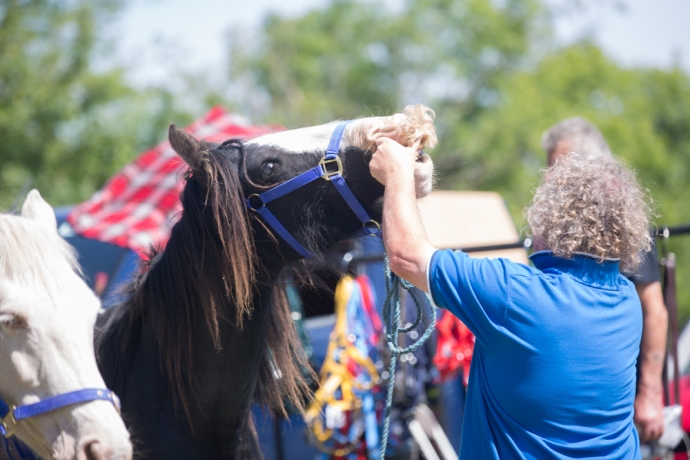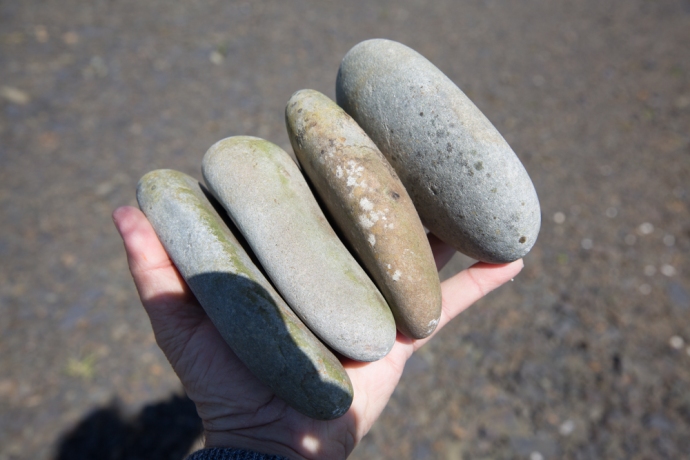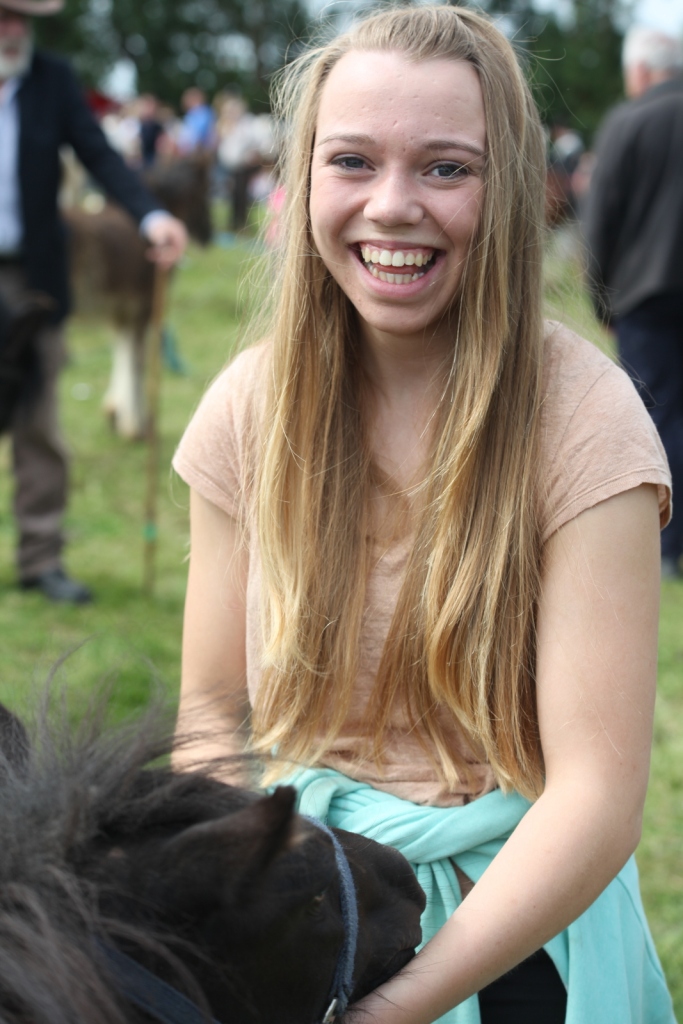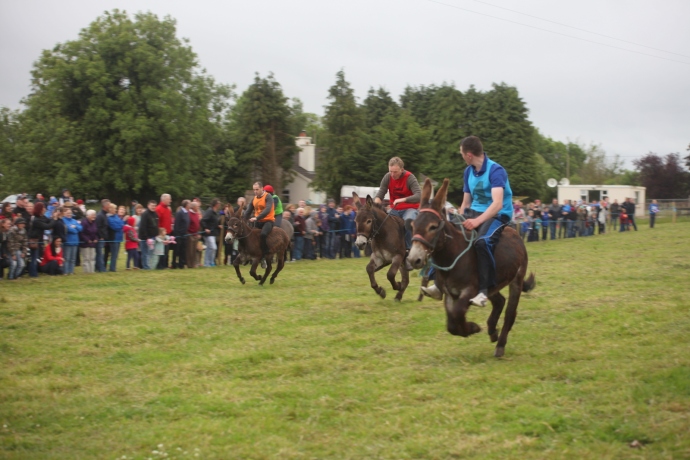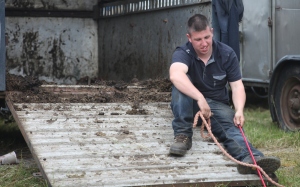Some institutions in Ireland die hard. One is the Puck Fair. Held annually in Killorglin in Co Kerry in August, it is surely one of the country’s longest running public events. As with many of these things though, the written record is scant and it is not clear exactly how old it is. There is a reference in 1613 to a local landlord, Jenkins Conway, collecting a tax from every animal sold at the ‘August Fair’ and even earlier there is a record from 1603 of King James I granting a charter to the existing fair in Killorglin. So let’s just say it is well over 400 years old.

The main street of Killorglin is choked for the Puck Fair
Puck derives from the Irish Phoic, meaning He-goat. Again, when the fair became associated with the goat is also shrouded in mystery. The story I like tells how in 1808 the British Parliament made it unlawful in Ireland to levy tolls on cattle, horse or sheep fairs. The landlord of the time lost his income and on the advice of then budding lawyer Daniel O’Connell (yes, that Daniel O’Connor), proclaimed it a ‘goat fair’ and charged his tolls as usual believing it was not covered. To prove it was indeed a goat fair a Phoic was hoisted on a stage and proclaimed King Puck.
Whatever the truth, a male wild goat is still today crowned King and hoisted in a cage up a tower where he remains for three days before being released back into the wild. The crowning of the goat though, I have to say, was a disappointment. Conducted on a stage under the tower, with its steel barrier that restricted vision, the goat was held by two burly yellow-coats and surrounded by photographers. A young schoolgirl, the ‘Queen of the Fair’, placed the crown on its head. Well, I think that’s what happened. It was really just set up for the publicity shots, as the audience could see nothing. Placed in the cage the goat was then hoisted up for all to see, its crown a little shakily slipping below its horns.

Behind that phalanx there is a goat getting crowned

The King of the Fair is hoisted up the tower

King Puck
The fair brings out the crowds for a great day out. There is a horse fair in a nearby field, with all the usual horse-trading that happens. I happily spent an hour wandering here clicking away. There was plenty to keep me enthused and bemused.

The horse fair is held in a field adjacent to a ruined church and graveyard
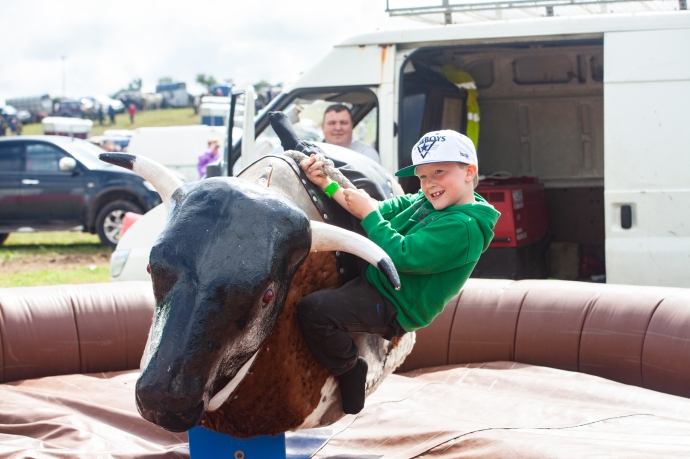
Now that’s style


Like father like son

You have been warned.
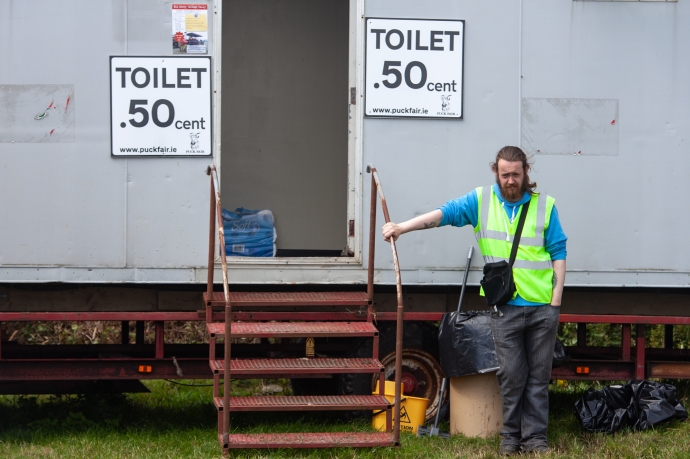
The cheapest pee in town. Just a half a cent!
There are rides, a parade and plenty of characters to fill the pubs and the streets. Every vantage point was taken. The bright sunshine, when I visited in 2015, provided an opportunity for the colleens to strut the summer fashions. I love the way traditional music is never far away from an Irish event, with entertainment on stage and in teh nearby pubs, dancing in the street or a brush dance in a pub.

The long and the short of it.

A great vantage point

Even manequins are keen to strut their stuff
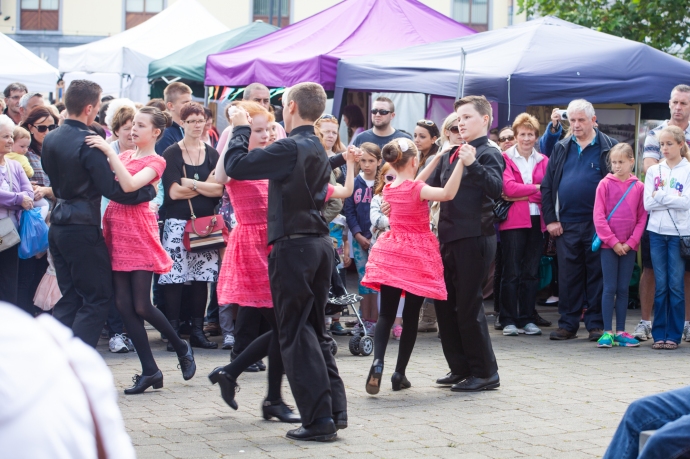
Dancing in the streets

Well known piper, Brendan McCreanor, from Co Louth entertains the crowd


Swept away by a brush dance

A chance to dress up

A chance to dress up II

Defying gravity
The Puck Fair is always held on 10, 11 and 12th August so mark it in your calendar.





